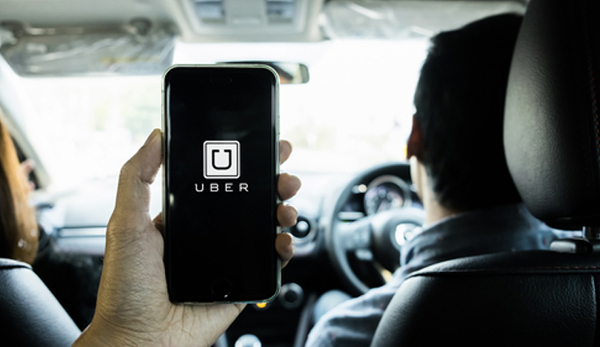New Delhi: Can Uber India help solve India’s and the world’s transport problems? It thinks so. The car hailing company is considering a plan to incubate start-ups in India that will help in solving mobility and transport problems as part of its strategy to turn India into a hub for global research and development (R&D). The company has 10 centres across the world, with Asia being represented by only India.
Uber is doubling its engineering strength in its R&D centres at Hyderabad and Bengaluru next year. “We want to find the best talent in an innovative way to solve the problems of mobility and transportation. We are definitely considering incubating many start-ups within Uber in the future and have some kind of incubation model. We are looking at doubling our R&D team in 2019 and this could be in the thousands,” said Apurva Dalal, head of engineering, Uber India.
Dalal said Uber was trying to create ‘R&D muscle’ here to solve both India’s problems and those of other countries. “It will be the laboratory of the world, with charters to solve global as well as emerging market problems,” said Dalal.
As part of this strategy, he said the company had been reasonably successful in persuading Indians in the US to come back and work here.
The big innovation of the Bengaluru and Hyderabad centres has been Uber Lite, an app that is 85 per cent lighter than the normal Uber app, which has been developed not only for India but for other emerging markets where there are connectivity issues and poor data rates, and where consumers mostly use low-end Android devices with limited storage. Feedback from the data showed that in India, Brazil, Mexico, and much of Africa, 70 per cent of the sessions on Uber were happening on low-end Android phones. The Uber Lite app, first launched in India in July, is now being rolled out in 14 countries in Latin America, Egypt, West Asia, and Africa.
“Five months since its launch, we have got 2.6 million installs of the Uber Lite in India and Latin America combined and we just celebrated 2 million trips on them recently. It is meant to address our next goal of reaching the next billion riders,” said Shirish Andhare, head of product and growth, Uber India.
But Andhare says that the R&D centre in Bengaluru also fundamentally redesigned the app by making it “mapless”.
The reason is that visual maps consume resources. Riders, especially first time, low-end, smartphone users, found them too complex to handle. The answer was to replace the map visual with landmarks or points of interest which are known to riders near their location such as, for instance, the nearby post office or bank.
Uber is also testing a new service “call to ride”, developed again in India, which is meant for consumers such as elderly people who do not want to use apps at all and want to pay in cash.
In this system, riders merely have to call Uber on the phone and give details of their location and what kind of car they want.
The follow-up providing the driver’s name, phone details, and price will come through SMS.
The R&D centres have also worked on an app called Dost which is a community of Uber driver partners, which has been successfully used to get referrals for recruiting new drivers.
Around 20-25 per cent of first-time drivers who join Uber come from referrals made through the app (of course, drivers get an incentive) and this is now being rolled out in Latin America, the Middle East, Africa, and other parts of Asia.
Source:Business Standard:
Image Courtesy:TechFunnel
You may also like
-
Trade Connect E-platform For Exports Is Single Window, Fast, Accessible And Transformational: Shri Piyush Goyal
-
Dot Simplifies Approval Processes For Telecom Licenses And Wireless Equipment
-
Coal Production and Supply Trends on Positive Trajectory
-
Union Minister To Release Booklets On Promotion Of Indigenous Species & Conservation Of States Fishes
-
2nd India-Japan Finance Dialogue held in Tokyo on 6th September, 2024
